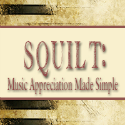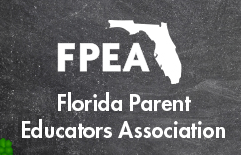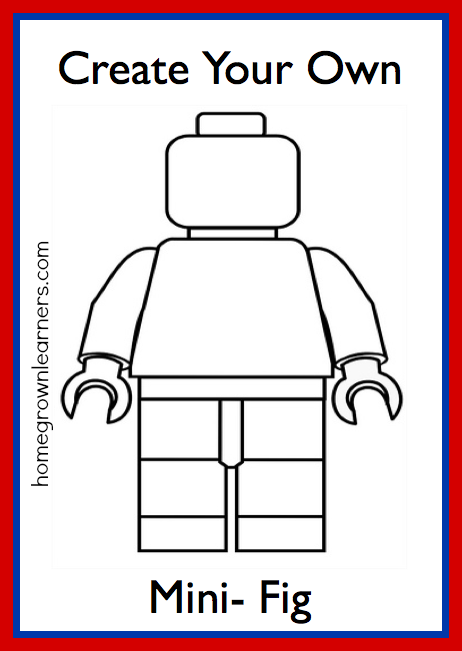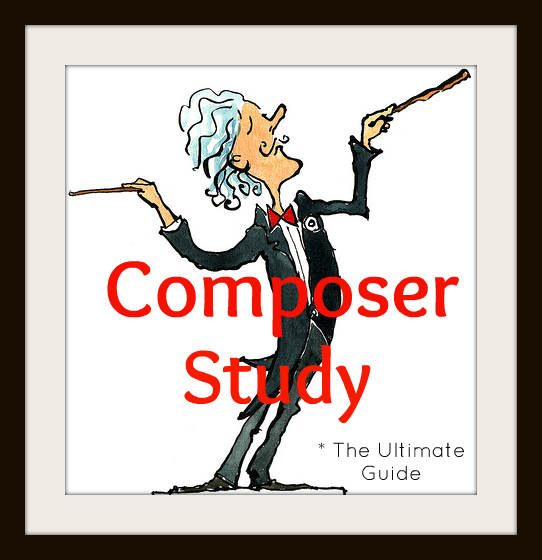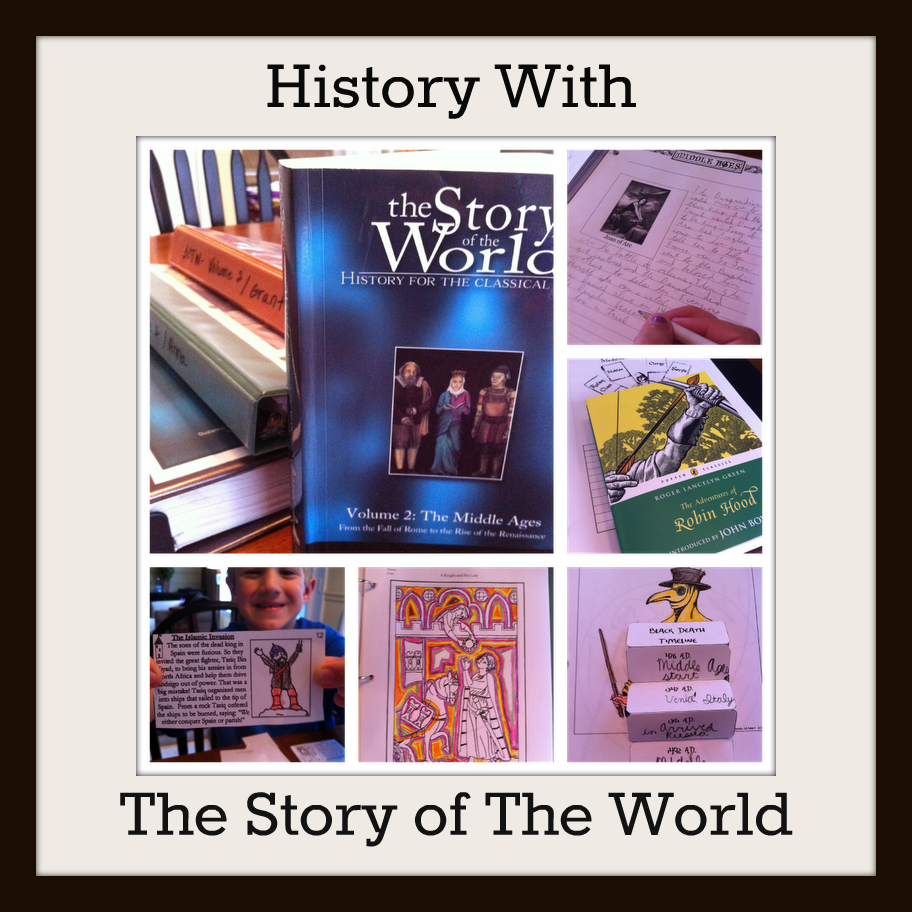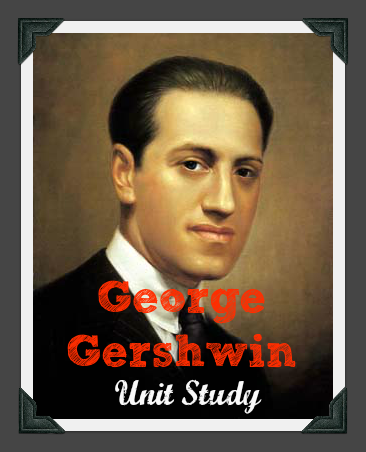Music In Your Homeschool With SQUILT ~ Lesson 1
 Tuesday, September 11, 2012 at 5:00AM
Tuesday, September 11, 2012 at 5:00AM 
I've written about SQUILT before. Do you remember? Since that post during The Ten Days of Teaching Music series several moms have written to me telling me they are doing SQUILT in their homeschools! Nothing could make me happier.
If some of you are using SQUILT in your homeschool (we use it once a week) and enjoying it, then I thought I should start posting some easy SQUILT lessons for you to use with your children. I will be working through these same lessons with my own children. As I choose SQUILT selections for them I will share them with you.
And, if you aren't using SQUILT, I'll go over what it is again, and maybe you will want to start this simple, quick, and easy way to incorporate quality music into your days.
The following is taken directly from what I wrote several months ago during The Ten Days of Teaching Music:
Download the SQUILT form by clicking here, or clicking the thumbnail below.
The piece we will use for Lesson 1 is Brandenburg Concerto No. 2, Movement 1, written by J.S. Bach (I just love a good German Lutheran - just like me!). You can play the piece directly from the link I provided.
How to "Teach" The Lesson
Encourage children to find a quiet spot where they can lay and close their eyes to enjoy the music. I don't demand they be still -- only QUIET. Many times when I was teaching school this was a time for the most squirmy of children to wiggle, conduct, etc... As long as they weren't being intentionally disruptive I was fine with movement! This is a natural response to music!
Go over the SQUILT sheet before your children listen, so they KNOW WHAT THEY ARE LISTENING FOR. Encourage them to use the terms dynamics, rhythm, instrumentation, and mood when discussing the music after listening.
- DYNAMICS - Is the piece loud (forte) or soft (piano)? If you know more specific dynamic terms you can throw them out, but keep it simple to start. Little ones will just maybe be able to give you loud and soft, but older listeners may talk about the variations in loud and soft and the echo effect present in this piece. There is a lot of "back and forth" in this piece - loud, soft, loud, soft.
- RHYTHM - Is the piece fast or slow? Tempo means the speed of the beat. Are there repeated rhythmic patterns? This particular piece is built around a few central rhythmic patterns. Again - the rhythms seem to echo each other. There are also many quickly flowing notes. It is not a slow piece! Your youngest students might say it sounds as if they could skip and play to the music, and your oldest might comment that that there is never a "break" in the music. Do your children hear some fun rhythmic patterns from the trumpet?
- INSTRUMENTATION - What instruments are being used? The four families of the orchestra are Strings, Woodwind, Brass and Percussion. This piece uses mostly strings and brass - with an occasional recorder and oboe (woodwind) as well. Bach's orchestra was generally smaller and consisted mostly of strings.
- MOOD - How does this piece make you feel? Do you think it's telling a story? What can you imagine people doing while listening to this music?
Keep the initial lesson short and sweet
One or two listenings are plenty. Let your children keep a special SQUILT Notebook. Think of all the music they could be exposed to in just one year!
SQUILT is meant to expose your children to great music and foster in them the urge to discover more!
To Reinforce/Extend The Lesson
These activities are optional... and might make good fillers during the rest of the week, or a meatier study for your older listeners.
For a little more information about Bach's Brandenburg Concertos, you can read this short article from NPR.
Bach was composing during the BAROQUE Era. Place Bach on your timeline. I love this little rhyme:
"Bach was born in Eisenach in 1685!"
How about watching a recording of a peformance of the Bach? (Don't do this first - it will give away what instruments are being used!)
- If your youngest students don't want to write on the SQUILT sheet, they can draw a picture while listening, or they can color a picture of Bach.
- Do additional research and complete a notebooking page about J.S. Bach.
- What about playing Bach in your home all week? Create a Pandora station or search YouTube for performances.
- How about downloading the FREE biography of JS Bach (The Boy Who Sang in the Streets) by Thomas Tapper? This is a gem and all ages of children will enjoy the story.
{I could go ON and ON -- but maybe you should just check out The Ultimate Guide to Composer Study if you really want to extend learning!)
I hope this lesson has been helpful to you. We will be working through this lessons the same week I post them, so feel free to ask questions and/or share links with me as you find them!
*Please also let me know if you've done a SQUILT lesson and blogged about it. I would love to feature you in my next SQUILT post!
Let's fill our children's hearts and minds with the sounds of great music!









